In the intricate world of insect societies, few phenomena are as captivating as the collective intelligence displayed by ant colonies. These tiny creatures, often overlooked individually, demonstrate an astonishing capacity for complex problem-solving when operating as a unified system. The emergence of sophisticated group behavior from simple individual interactions represents one of nature's most elegant examples of decentralized coordination, offering profound insights for fields ranging from computer science to organizational management.
At the heart of ant colony intelligence lies a beautifully simple mechanism: pheromone trail laying and following. When a foraging ant discovers a food source, it returns to the nest while depositing chemical markers along its path. These pheromone trails evaporate over time, creating a dynamic feedback system where shorter paths to food sources become more strongly marked as more ants travel them. This self-reinforcing process enables the colony to efficiently allocate resources without any central authority directing the operation.
The mathematical elegance of this system becomes apparent when observing how ant colonies solve complex optimization problems. Researchers have documented colonies finding the shortest path between their nest and food sources through what amounts to a natural algorithm. This emergent problem-solving capability has inspired the development of ant colony optimization algorithms in computer science, which now help solve routing problems in telecommunications networks and logistics operations worldwide.
What makes ant colonies particularly remarkable is their resilience and adaptability. Unlike centralized systems that can collapse with the failure of a single component, distributed systems like ant colonies demonstrate remarkable robustness. If a path becomes blocked or a food source exhausted, the fading pheromone trails naturally redirect the colony's efforts without requiring any top-down reorganization. This inherent fault tolerance has made ant colony behavior a model for designing resilient artificial systems.
The division of labor within ant colonies presents another fascinating aspect of their collective intelligence. Rather than being genetically programmed for specific tasks, ants typically respond to local stimuli and colony needs. This flexibility allows the colony to dynamically adjust its workforce distribution based on changing conditions. When food becomes scarce, more ants automatically shift to foraging duties; when the nest is threatened, defense priorities take precedence through simple communication mechanisms.
Scientific understanding of ant colony intelligence has advanced significantly through both observation and simulation. Researchers have developed sophisticated models that replicate colony behavior using simple rules applied to individual virtual ants. These simulations consistently demonstrate how complex patterns can emerge from straightforward interactions, providing compelling evidence for the power of distributed decision-making systems. The correspondence between model predictions and observed behavior has strengthened our theoretical understanding of emergent phenomena.
The implications of ant colony intelligence extend far beyond entomology. Urban planners study ant traffic management to improve human transportation systems. Computer scientists develop swarm intelligence algorithms based on ant behavior for optimizing network routing and data clustering. Robotics engineers create swarms of simple robots that collectively accomplish complex tasks through ant-inspired coordination mechanisms. Each application benefits from the same fundamental principle: sophisticated outcomes can emerge from simple components following basic rules.
Perhaps the most profound lesson from ant colonies concerns the nature of intelligence itself. Their collective capabilities challenge traditional notions that intelligence must reside in individual cognitive capacity. Instead, intelligence can emerge from the interaction patterns between multiple simple agents. This perspective has influenced theories about human cognition, suggesting that even our own intelligence may arise from the coordinated activity of simpler neural components rather than from any single control center.
As research continues, scientists are uncovering even more sophisticated aspects of ant colony behavior. Recent studies have revealed that some species use multiple pheromone types for different messages, creating what amounts to a chemical communication network. Others demonstrate remarkable nest-building capabilities through coordinated effort without blueprints or architects. These findings continue to expand our appreciation for the capabilities of distributed biological systems.
The study of ant colony intelligence represents more than just an interesting biological phenomenon—it offers a paradigm for understanding complex systems across domains. From the organization of neuronal networks in brains to the dynamics of economic markets, principles of distributed decision-making appear throughout nature and human society. By understanding how simple rules generate complex behavior in ant colonies, we gain valuable insights into the fundamental mechanisms that create order from disorder throughout the universe.
Looking forward, the principles derived from ant behavior continue to inspire innovation in artificial intelligence, network design, and organizational theory. As we face increasingly complex global challenges, the ant's example of decentralized, adaptable, and resilient problem-solving offers valuable lessons for human society. Their success over millions of years stands as testament to the power of collective intelligence—a lesson we would do well to remember as we navigate our own complex world.

By /Aug 21, 2025
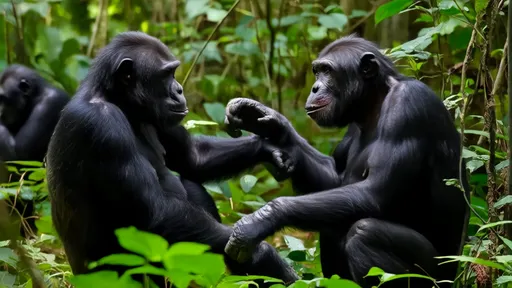
By /Aug 21, 2025
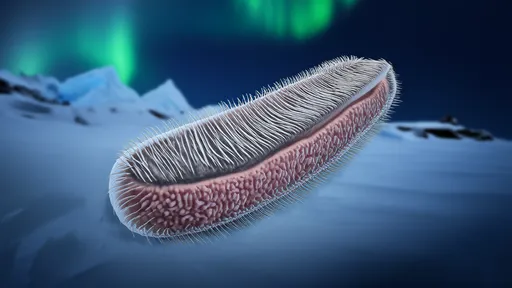
By /Aug 21, 2025

By /Aug 21, 2025

By /Aug 21, 2025
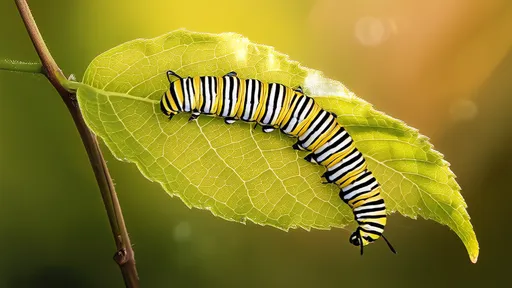
By /Aug 21, 2025

By /Aug 21, 2025
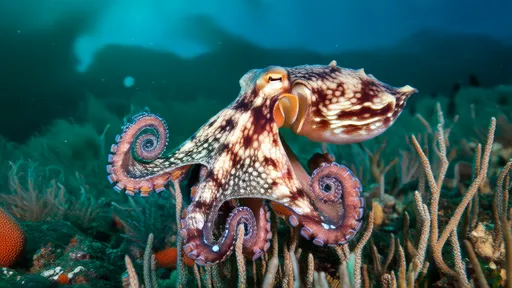
By /Aug 21, 2025
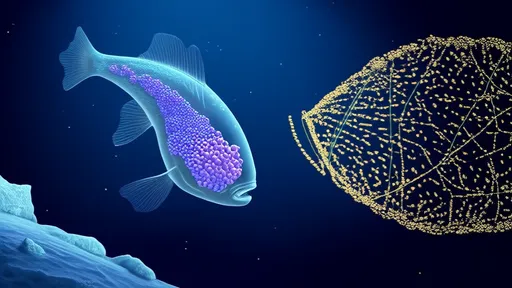
By /Aug 21, 2025

By /Aug 21, 2025

By /Aug 21, 2025

By /Aug 21, 2025

By /Aug 21, 2025
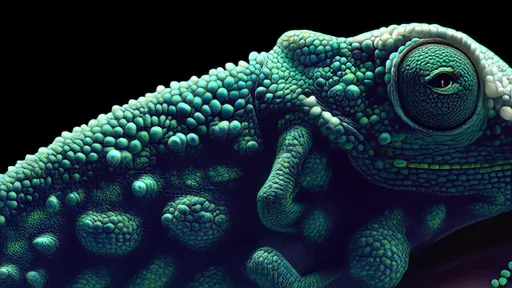
By /Aug 21, 2025

By /Aug 21, 2025

By /Aug 21, 2025
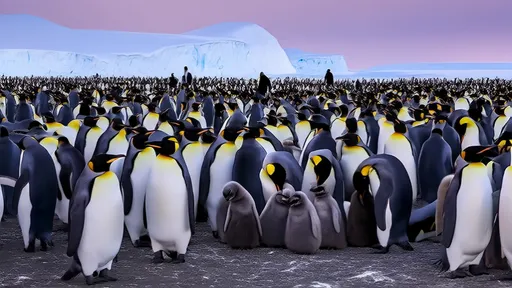
By /Aug 21, 2025
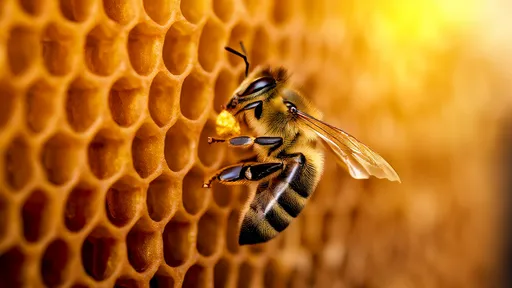
By /Aug 21, 2025
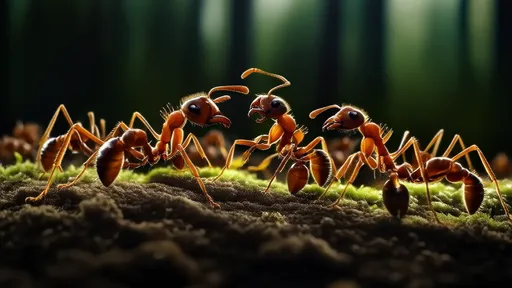
By /Aug 21, 2025
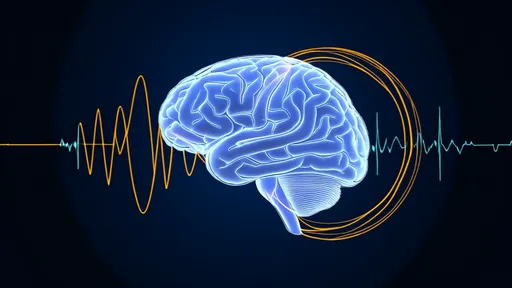
By /Aug 21, 2025